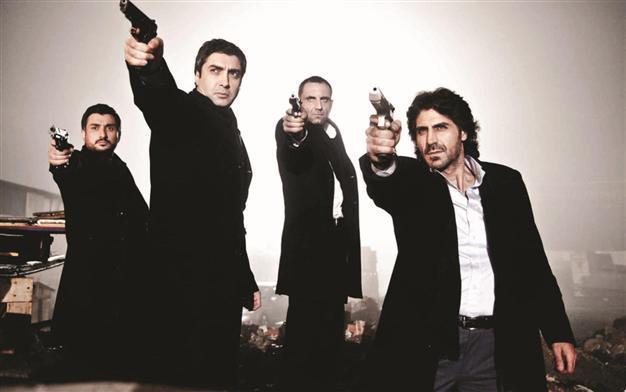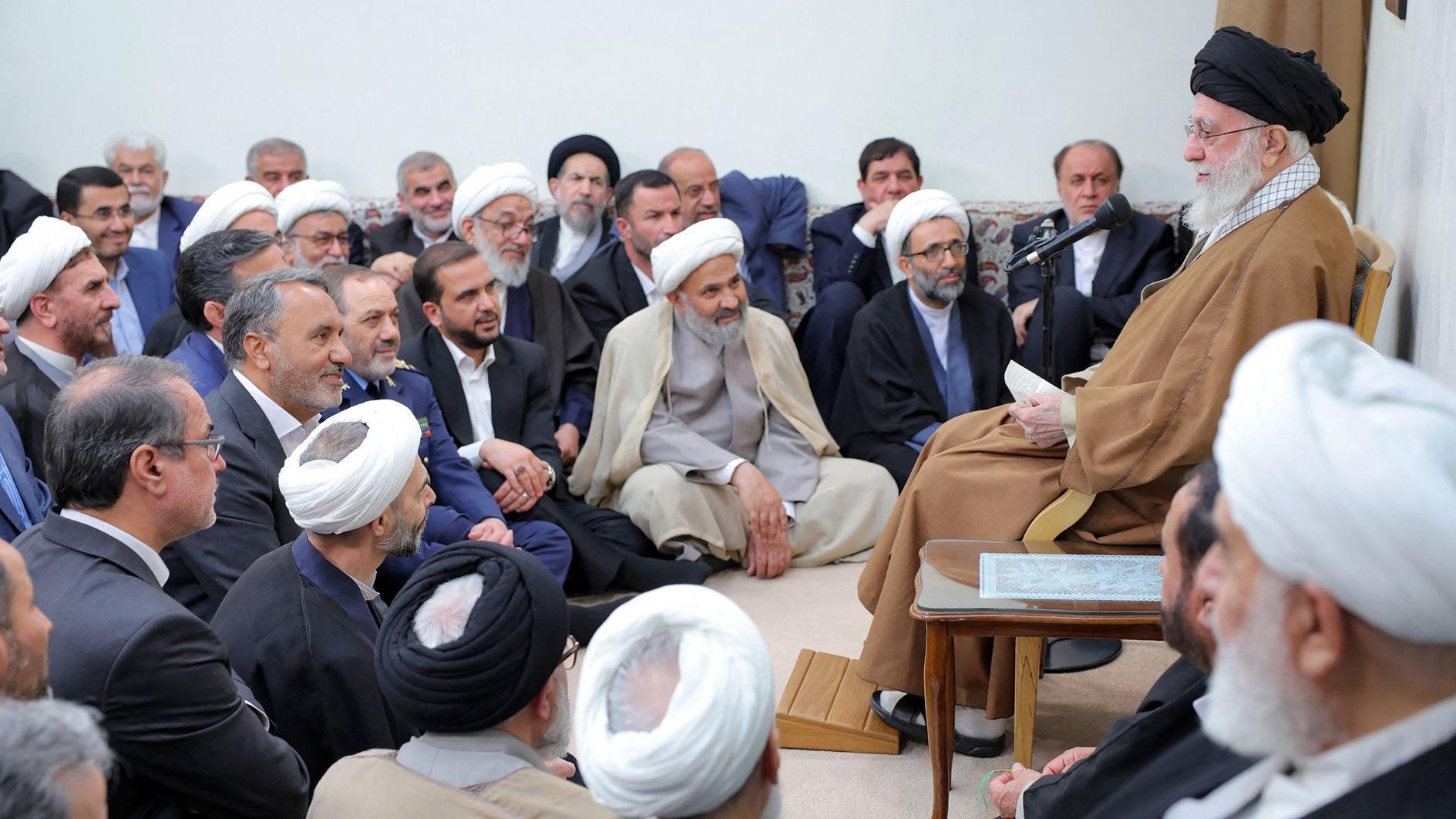Revisiting the nouveau macho in Turkish cinema
Emrah Güler

The best example for the very much emulated 'nouveau macho' style is the record-breaking TV and movie franchise of the last decade 'Kurtlar Vadisi' (The Valley of the Wolves).
The quintessential nouveau macho in Turkish cinema is back in the recent comedy “Stajyer Mafya” (The Intern Mafia) by Eray Koçak. The two protagonists of the film are two childhood friends, frustrated, unemployed, their egos in pieces. When they are mistaken for the henchman of a famous Istanbul mafia, they jump on the chance to regain their self-esteem. The film plays on the mishaps of the two losers as they try (to mostly unsuccessful results) to fit their new macho personas over their bruised egos.To the Turkish audience, these men posit a familiar character, the nouveau macho, driven by a false sense of class and masculinity, defined by women, drugs, faux-Armani style and a new language of Turco-gangster slang. They often serve as a simplistic role model for young, uneducated, unemployed and frustrated men, exemplified by the record-breaking TV and movie franchise of the last decade “Kurtlar Vadisi” (The Valley of the Wolves).
There are, however, some noteworthy films that have taken this nouveau macho character, and dissected it to haunting effect. Take 2007’s “Kabadayı” (For Love and Honor), bringing together the legendary cinematic duo director Yavuz Turgul (this time as a screenwriter) and actor Şener Şen. The film featured two male protagonists, two men embodying different ideals of machismo from two different generations. Şen played a retired gangster who once enforced his own rules for a sense of greater good, wrecking families along the way.
Şen’s character was juxtaposed against the younger, new-school gangster (played by the heartthrob Kenan İmirzalıoğlu in a career-defining role) with deep connections, no apparent sense of right and wrong, and a merciless killer when necessary. As different generations of men connect in “Kabadayı,” different ideals of machismo are put to test and definitions of masculinity are questioned (even a gay character is put into the mix). In the end, all the façade under the machismo boils down to love, honor or just simply making peace with your past.

Kabadayı (For Love and Honor).
Documentary and TV director Aydın Bulut’s debut feature of 2009, “Başka Semtin Çocukları” (Children of the Other Side) takes a vivid look at the dire consequences of male bonding and machismo in the ghettos of Istanbul. The film features young men stuck between the rural and the urban, frustrated by the system that has failed to include its citizens into the economic and social cycles.
The film is a murder mystery with the leading character haunted by the murder of his younger brother and the images of the guerilla war in the southeast Turkey where he did his military service. “Başka Semtin Çocukları” weaves flashbacks and present-day events, exposing the intricate dynamics of male bonding and a machismo destructive for the men themselves and those around them.
Characters wander aimlessly on the streets, inching toward total despair for a better life. The film opens the doors to a world where men’s friendships and their freak sense of machismo often lead to dire consequences, adorning third-page news each day. The film has so much to say on the failing role of the government as father and a generation stuck in traditions of rural Turkey and liberal cities, it strikes a chord so deep for many.
Turkish director İnan Temelkuran’s debut feature of 2008, “Made in Europe” exposes the world of machismo among Turkish immigrants in the big cities of Europe. Taking place in a single night, in three different metropolitans of Europe: Madrid, Paris and Berlin, the camera wanders among a group of characters (mostly men) in each city, talking as they do with one another, steering away from any predominant plot.
Immigrant Turks redefine machismo
The conversation topics range from the mundane to the even more mundane. They talk about the refugee status, Berlusconi and foreign languages in all the refinement of a “döner” knife. Domestic violence, changing technologies, employer/employee relations are all subjects thrown into the middle haphazardly.
“Made in Europe” focuses on the sad existence of these men rather than their stories, conveying this through sharp, realistic and surprisingly shocking dialogue. Shocking, not because we’re exposed to the men’s superficial, obscene and meaningless dialogue, but because it immediately gives the audience a sense of pity and hopelessness.
Third generation of migrant Turks in Germany and their false sense of confidence through machismo are told in young Turkish director Özgür Yıldırım’s debut feature “Chiko” of 2008. The acclaimed Turkish-German director Fatih Akın, who gave a voice to the Turks in Germany, takes the producer’s seat in the film.
Helmed as “the Turkish ‘Scarface,’” “Chiko” tells the story of the street-smart Turkish boy, İsa (a.k.a. Chiko), and his bumpy ride in the underground world of drugs. With no proper education or prospect of careers, Chiko and his two close friends find comfort in a self-made world of machismo, where a boy becomes a man through violence.
Fashionably out-of-fashion leather jackets, drugs and simulation of gang life make Chiko and his friends cool (only) in each other’s eyes and their lives merely bearable. Stuck in a world of antiquated traditions and the burden of modern life, the macho underground life becomes these third generation young Turks’ sole ticket to self-respect. Not a very pleasant picture to be macho in any of these films.
















